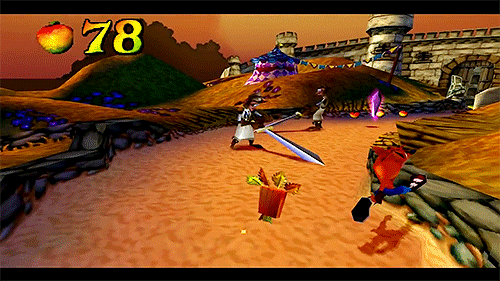While every 3D game includes polygons, some games use polygonal art design.The overall shape of the characters and environments is often simplified with strong geometry.
Most colorful platform games of the 90's had a polygonal art / low poly approach mostly due to technical aspects.
Games such as Crash Bandicoot, Ape Escape and Grim Fandango come to mind.
I'm trying to find modern day games that use mainly polygonal art design.
I made a search on Google and couldn't find an exact definition or term for this.
Please enlighten me.
NOTE: The polygonal art I'm referring to is not the same as minimal or pixel art.
UPDATE, found this interested video on the subject.
Crash Bandicoot Title Screen

Crash Bandicoot 3 Gameplay

Spyro Screenshot

Polygonal Art found in graphic design



